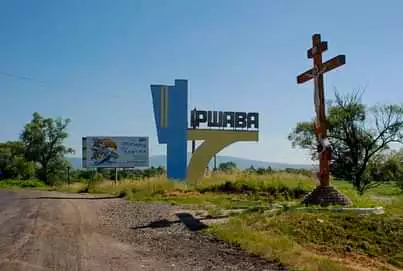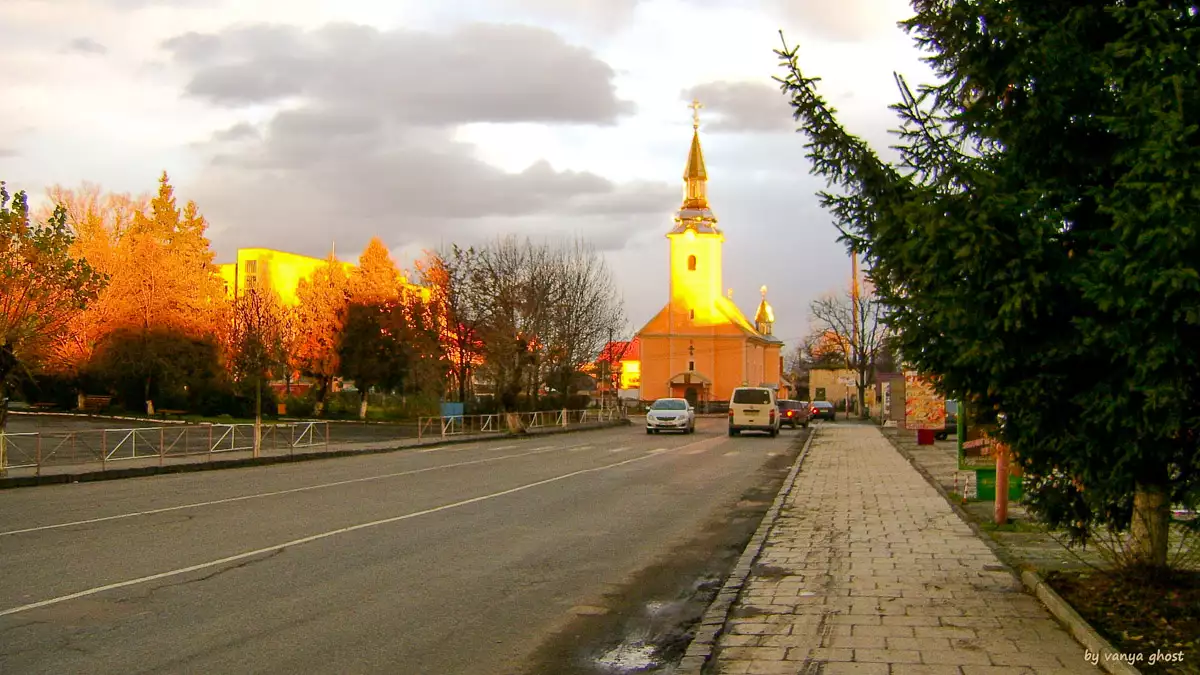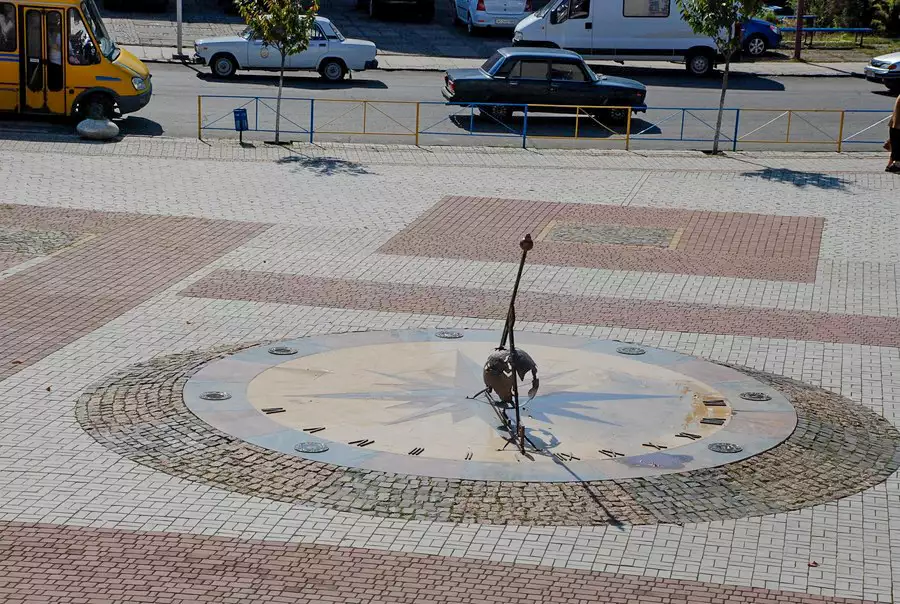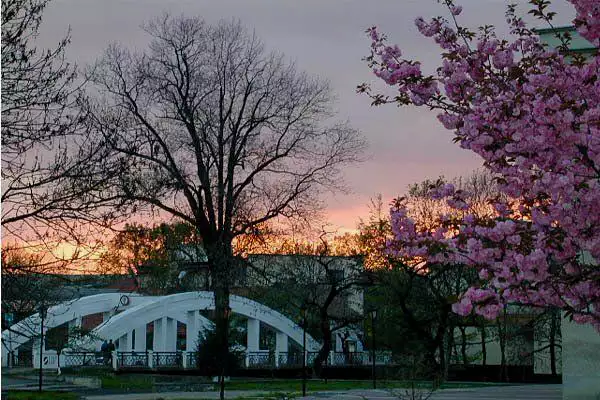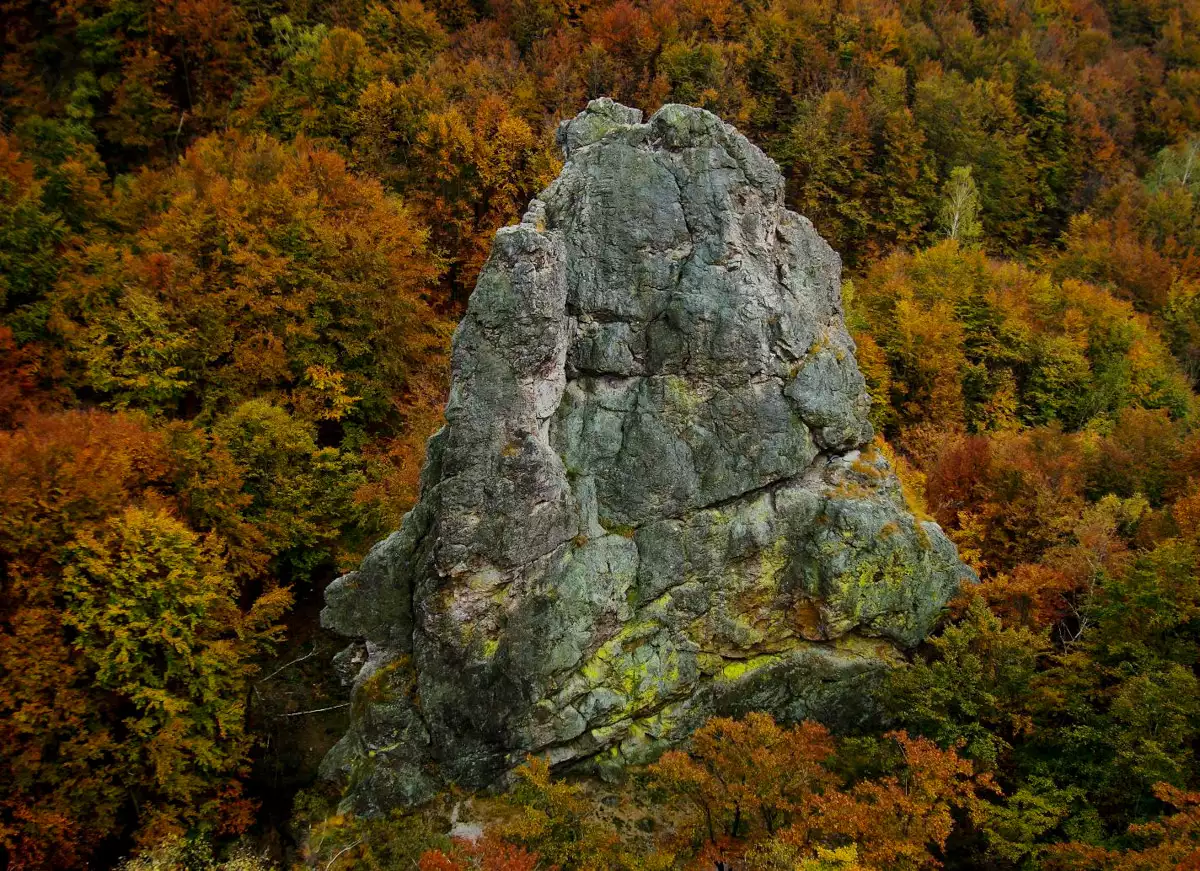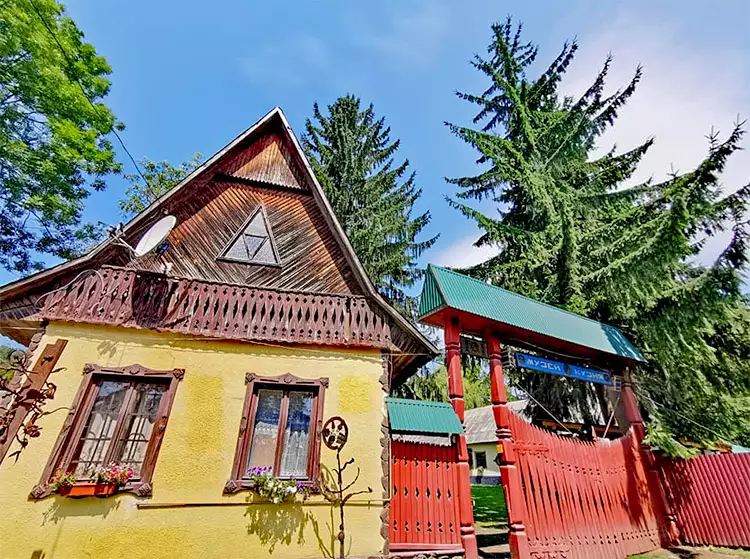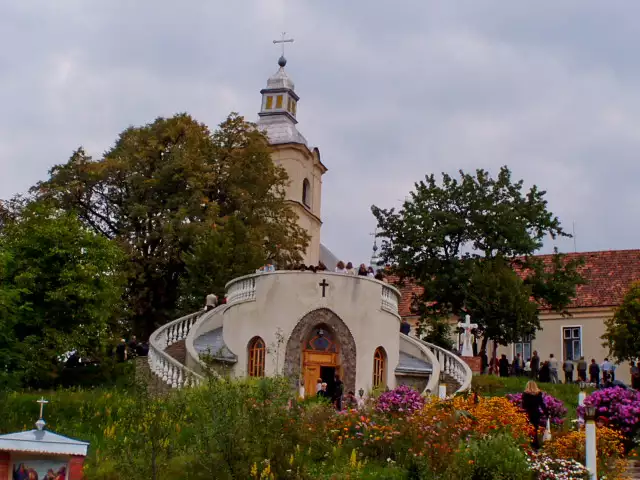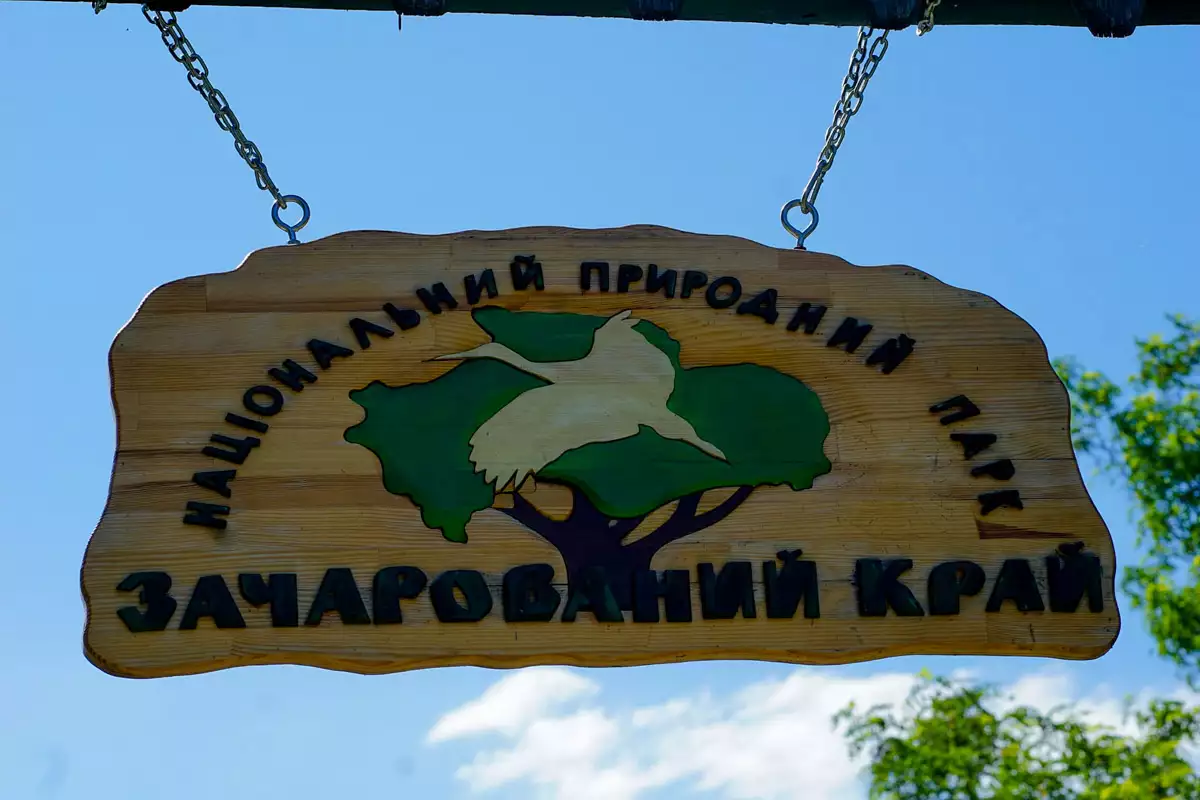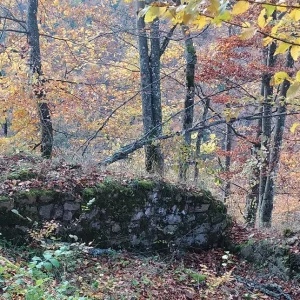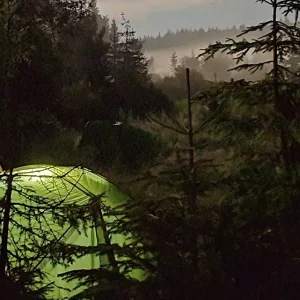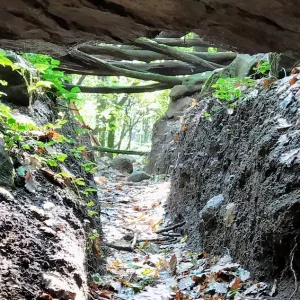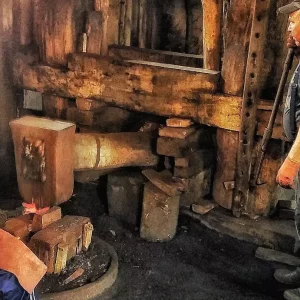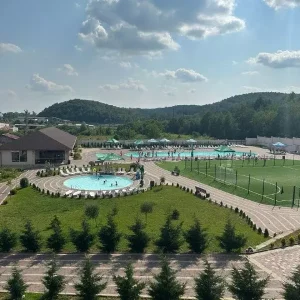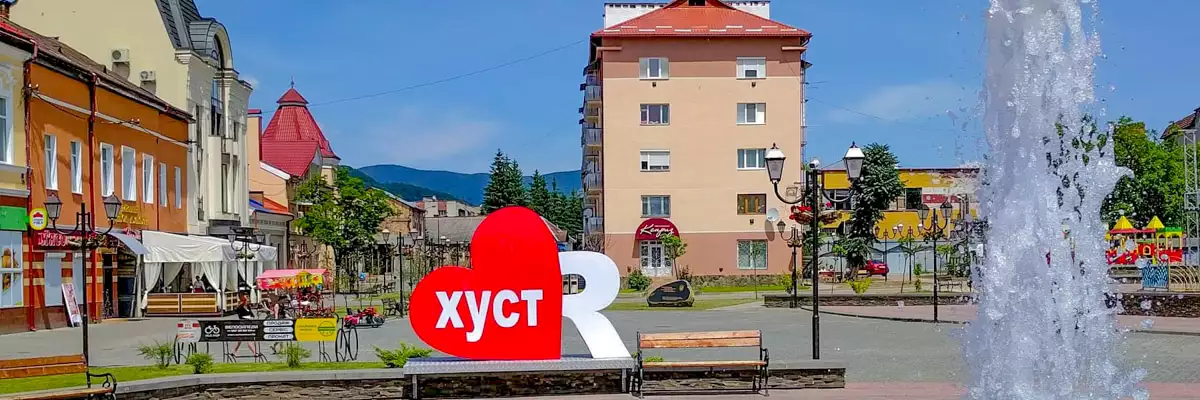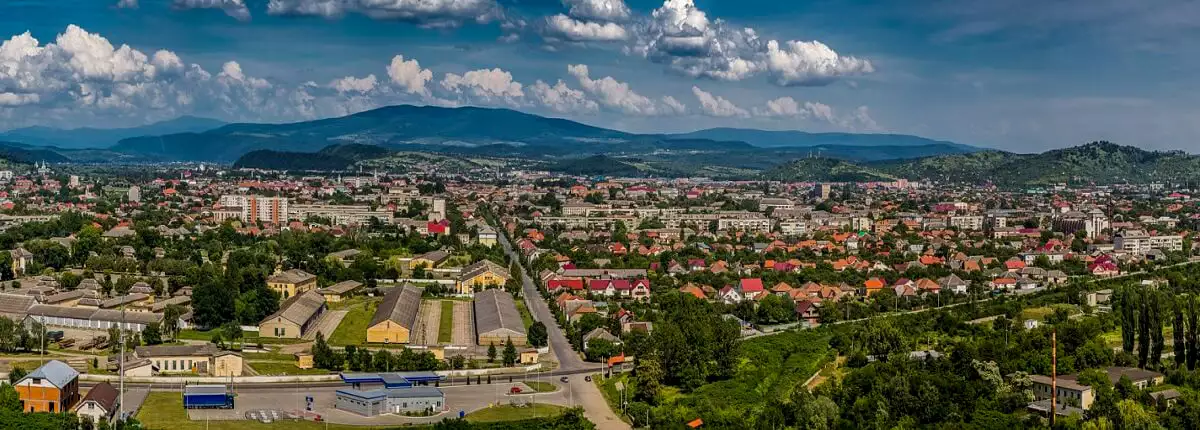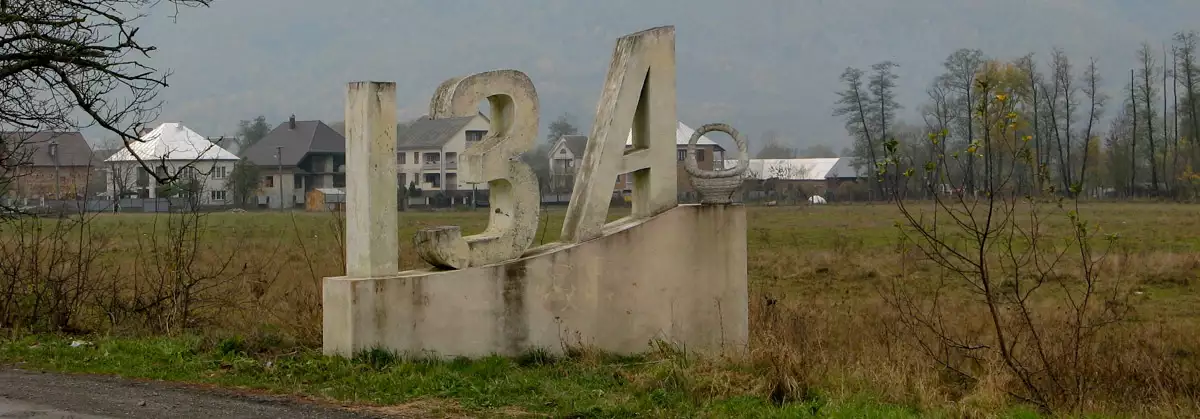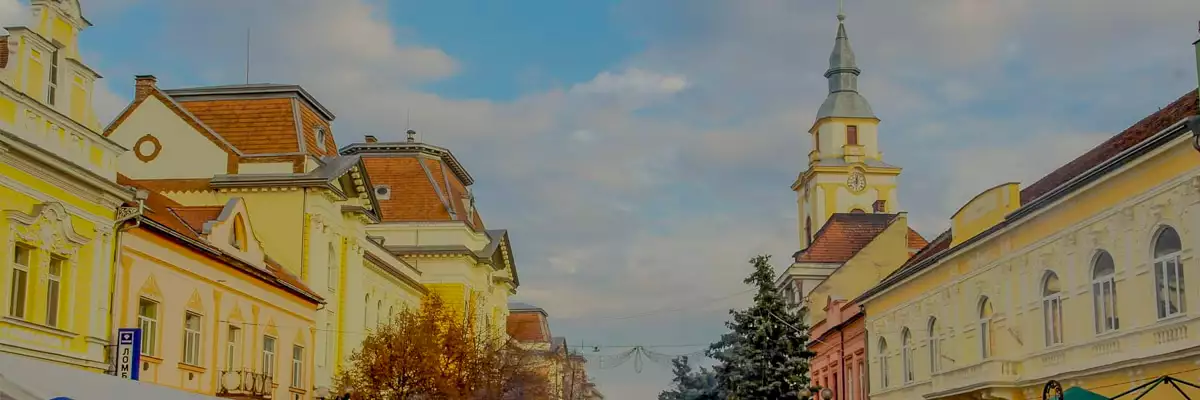Irshava and its surroundings were settled in ancient times. On the outskirts of the city, two hillforts were founded by local residents, which were located on the Stremtur and Boduliv mountains.
Already in the VIII-VII centuries. B.C. in the northern outskirts of modern Irshava, on Mount Stremtura, there was an Iron Age settlement, which is one of the oldest fortresses in Transcarpathia. In the 9th-11th centuries not. life was bubbling in the Slavic settlement on Mount Boduliv, which is located on the southwestern outskirts of Irshava. In addition, it was on Mount Boduliv in the 13th century. a stone castle was built, which has not survived to this day.
The city got its modern name from the word “rust”, since the Irshavka River, which flows here, contains a large amount of iron oxide and the water in it is colored in the corresponding color.
The first written mention of Irshava dates back to 1341.
In the documents of that time, the settlement was called Maksemgaz (translated from Hungarian – Maxim’s house). This name came from the first owner of the settlement named Maxim, who was the son of the Wallachian prince Tatomir. Most likely, the local population used the original name of the settlement Irzhava, Irshava, Iloshva, which is why in 1460 the Hungarian king Matyash issued a certificate of ownership of the settlement to the Maksym family, which since then began to be spelled Iloshvai.
In the XV-XVIII centuries, the history of Irshava was very dramatic, filled with permanent wars and epidemics.
It is not surprising that twice during this period, namely in 1458 and at the end of the 17th century. the settlement was devastated during hostilities and completely burned. As a result, Irshava remained a place for several families to live, and the revival of the settlement took many years.
During the tumultuous events of the Kurut uprising of 1703-1711, Irshavshchyna repeatedly found itself at the epicenter of hostilities. A large number of residents of Iršava joined the rebel army of Ferenc II Rakoczy. 100 residents of Irshava took part in the war on the side of the rebels.
In the 19th century Irshava was already the center of the Verkhovyna District of the Berezka County. And from the middle of the XIX century. the settlement got its own seal with a coat of arms in the form of a tree with a nearby hajduk holding a fishing rod with two suspended fish on his shoulder.
Irshava spent most of its existence in the status of a feudal dependent settlement. Only at the end of the 19th century, Irshava was granted the privilege of free trade. At the same time, the settlement acquired its own mill and sawmill, and it had its own post office.
At the beginning of the 20th century 1,315 people already lived in Irshava.
The turning point in the history of Irshava was 1911, when Beregovo, Sevlyush (Vynogradiv) and Irshava were connected by a narrow-gauge railway the so-called economic railway. Today it is known as the Borzhavka narrow-gauge railway. It was the railway that became the main impetus for the growth and economic development of the city.
After the First World War, Iršava, like all Transcarpathia, became part of Czechoslovakia. At that time, a real economic boom began here. In the 1920s and 1930s, several mills operated in Irshava, one of which was a water mill, blacksmiths, a sawmill, a flax processing workshop, shops, inns, a restaurant, schools, a kindergarten and private hospitals.
Before World War II, a large Jewish community lived in Irshava. However, in 1944, the entire Jewish population was deported to concentration camps, where most of the Jews of Irshava died. Today, the former synagogue in Irshava has been transformed into a station for young tourists.
After the arrival of Soviet power in 1947, Irshava became an urban-type settlement. And already in 1982, Irshava was granted the status of a city and district center. Nowadays, Irshava is an important city in the consolidated Khust district.
